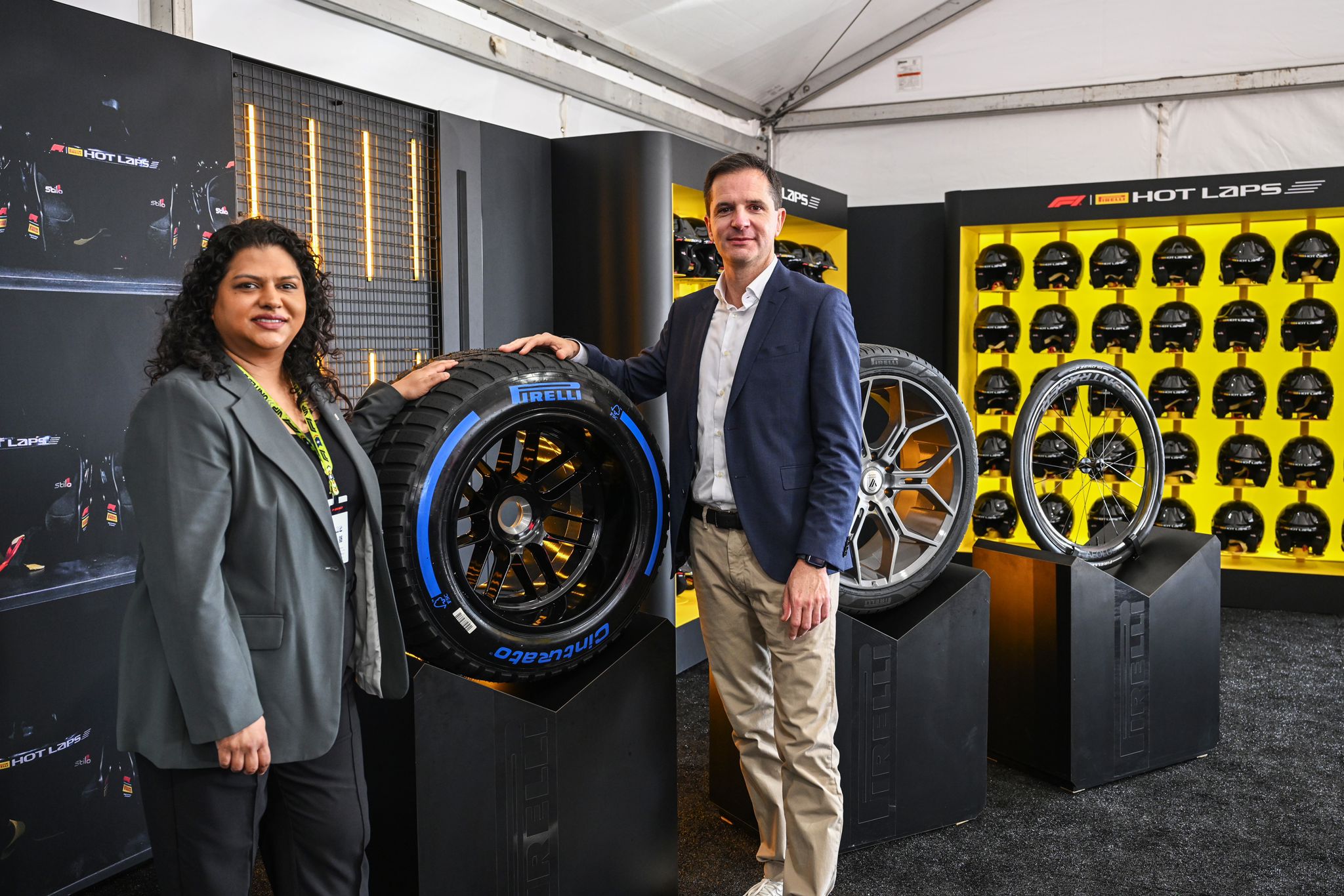
Sign up for daily news updates from CleanTechnica on email. Or follow us on Google News!
WARNING: This article contains some hard data mixed with speculation and extrapolation out to 2027. It assumes a basic understanding of mathematics. Those who are still suffering trauma and stress from the Electric Vehicle Number Wars of 2024 are advised to proceed no further. Here be dragons.
2024 has been characterised by speculation and the manipulation of EV sales data. By “EV,” I include any vehicle with a plug — BEVs, EREVs, and PHEVs. What happened in 2024? Did EV sales drop, stagnate, or increase. Your answer will depend on who you ask and how they frame their answer. The worst answers will be based on cherry picked numbers — on the positive side “Look at Norway!” to the negative side “Look at Germany!”
The atmosphere around plugin vehicles has certainly been dusty throughout 2024. Now the dust has settled and the consensus is that EV sales did grow in 2024 — just not as fast as previously. Back in the heady days pre-covid, the growth rate was about 60% and I extrapolated that would mean that by 2027 most new cars sold would have a plug. Is this still achievable? I think the answer is yes, but qualified and complicated. The growth drivers have changed, the auto industry leaders have changed, the world has changed. The FUD and disinformation around EVs have ramped up.
My growth model did not expect any of this.
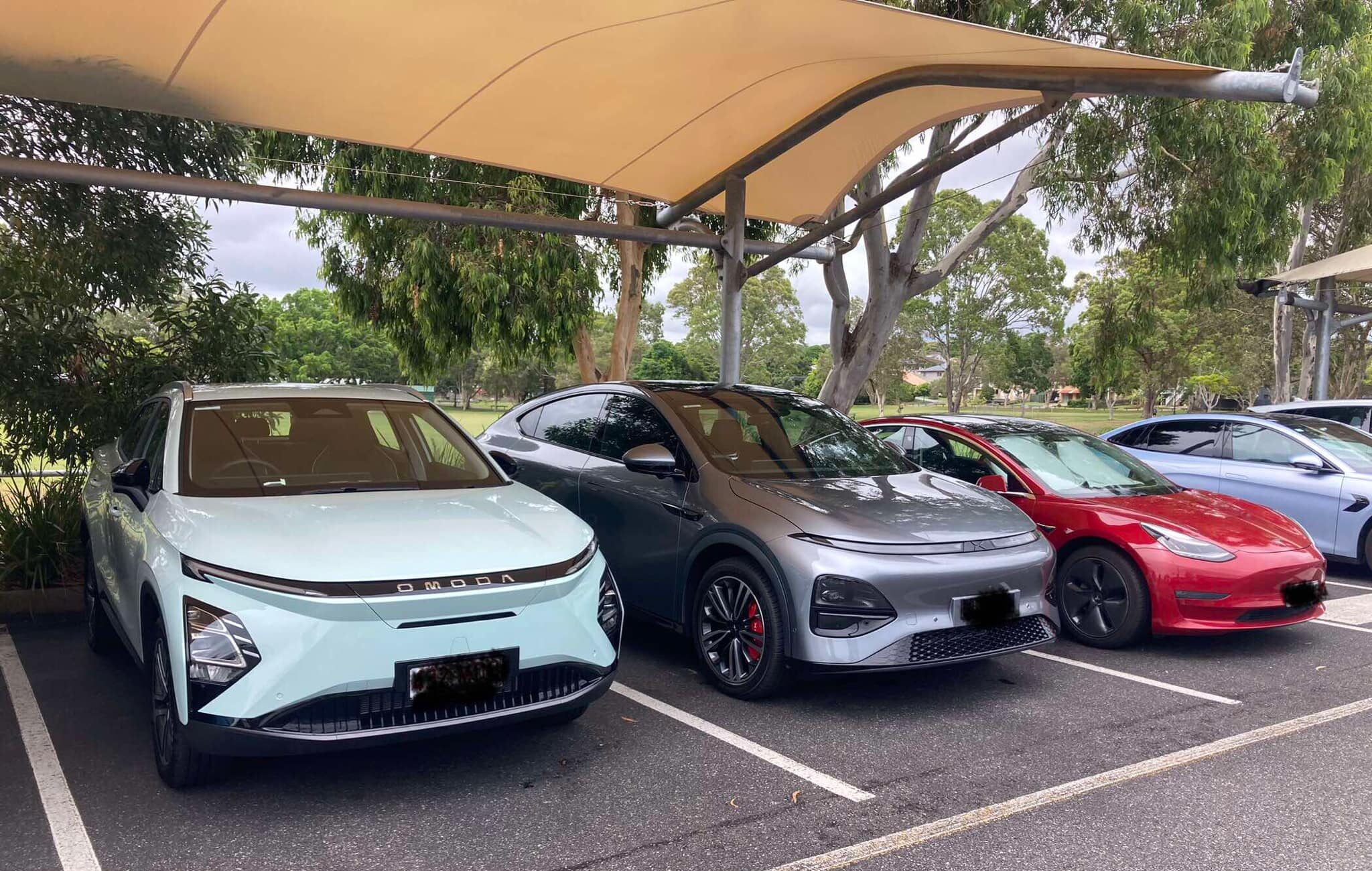
The data is in. Looking into Rho Motion’s data for the last couple of years, the world bought 17.1 million plugin cars in 2024. In 2023, the world bought 13.6 million, and in 2022, the world bought 10.4 million. Rho Motion’s numbers do include both BEVs and PHEVs, but not cars without a plug.
Growth has slowed, but it is there nonetheless. So, the numbers tell us we are looking at a growth rate of 30%. If we do an arithmetic progression and just add 3 million per year, 2025 will see 20 million sales (Rho motion is predicting that, as reported here.); 2026 will see 23 million; and 2027 will see 26 million. This is a conservative prediction. By 2027, a quarter of new car sales will be EVs.
However, if we use a geometric compounding progression of 30%: 2025 will see 22 million; 2026 will see 29 million; and 2027 will see 37 million. Still not a majority, but much closer. That’s my mathematical crystal ball gazing. Since we only have 3 years to wait, it won’t be long. Don’t just pass the popcorn, spread the word. The International Energy Agency predictions are similar, but they see 2030 as the date when the majority of new cars sold are electric. Even though EV’s are frequently accused of being too quiet, like Neo, we can hear the sound of inevitability. Thank you, Mr Smith!
When I first started recording data, China was responsible for 50% of EV purchases, Europe and the USA for 25% each. The rest of the world was negligible. In 2024 and leading into 2025, we are seeing the EU and USA slipping, China making significant increases (in both quantity and quality), and the rest of the world (the global south) purchasing enough plugin vehicles to move the needle. When we add purchases in South America, Australia, India, and Africa together, it is decent chunk — that’s a big change over the past four years. CleanTechnica publishes informative articles each month on the progress of these countries and regions. It’s well worth watching the hard data.
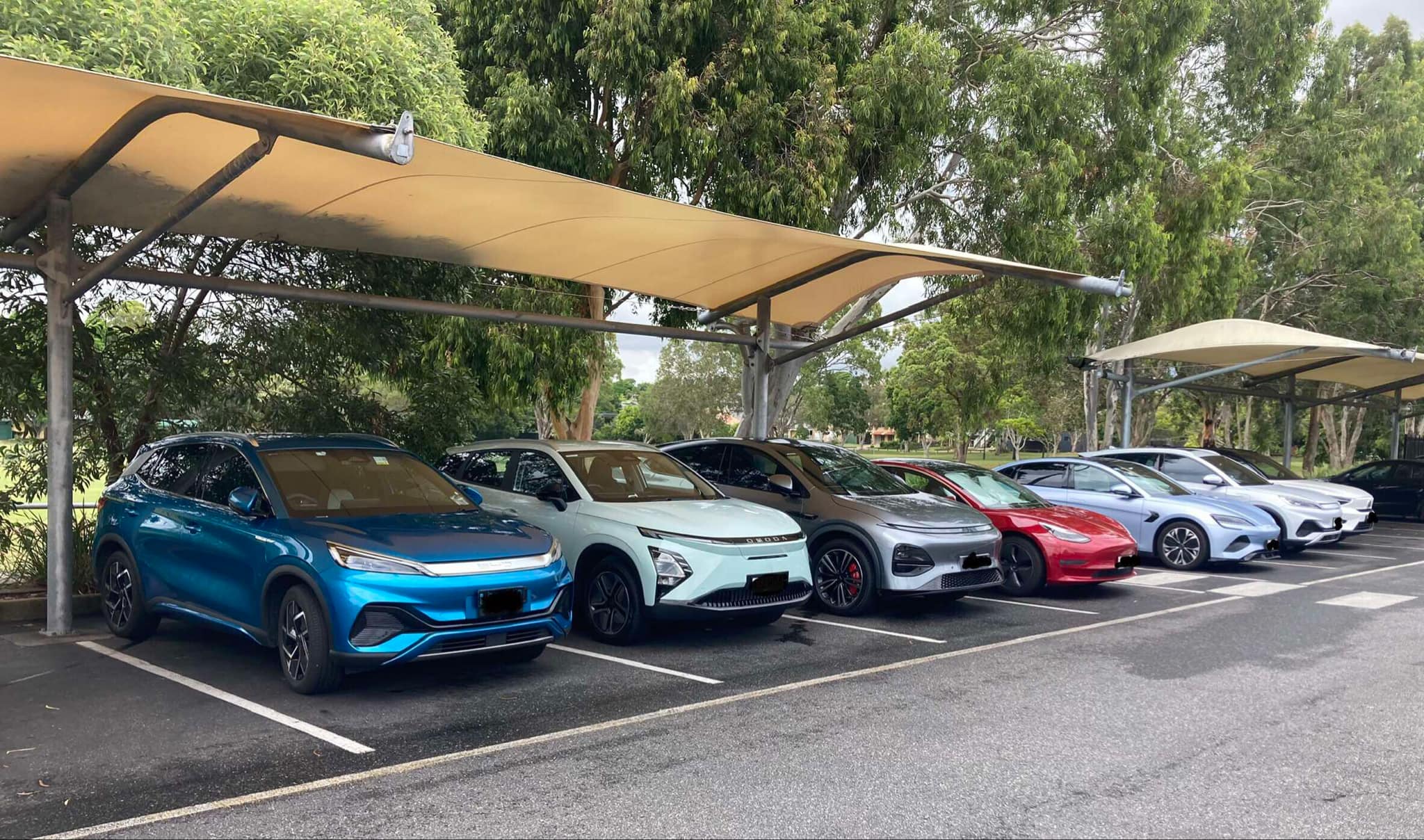
The barriers to EV adoption that were thrown up in the past: range, charging infrastructure, and availability seem to have been overcome. There is no shortage of lithium, battery tech improves daily, and we keep seeing decreases in prices. The consistent barrier that still persists is deliberate misinformation creating FUD (Fear, Uncertainty, and Doubt). I thought that this would decrease as EVs were more visible on our roads, but I was wrong. The fossil fuel lobby will fight to its dying breath. The meteor is coming! Don’t look up!
When I bought my Tesla Model 3, the main driver was environmental concerns. Now, EVs have demonstrated that they are fun, cost effective, and overall, a better technology. Tesla was the main provider of cutting-edge techno cars. Now, BYD is challenging that for quantity, Leapmotor for price, and Xpeng for technology. Despite the fact that the Toyota salesman told me (and obviously believed it) that the BZ4X was a better car than the BYD Atto 3, he was wrong. He shouldn’t have let me drive the BZ4X! Mind you, it is selling well in Scandinavia. There are many who do not believe the quality and value represented by Chinese electric vehicles. And now the new scare campaign starts — the CCP is recording your data, they want to know how many times a week you go to Maccas!
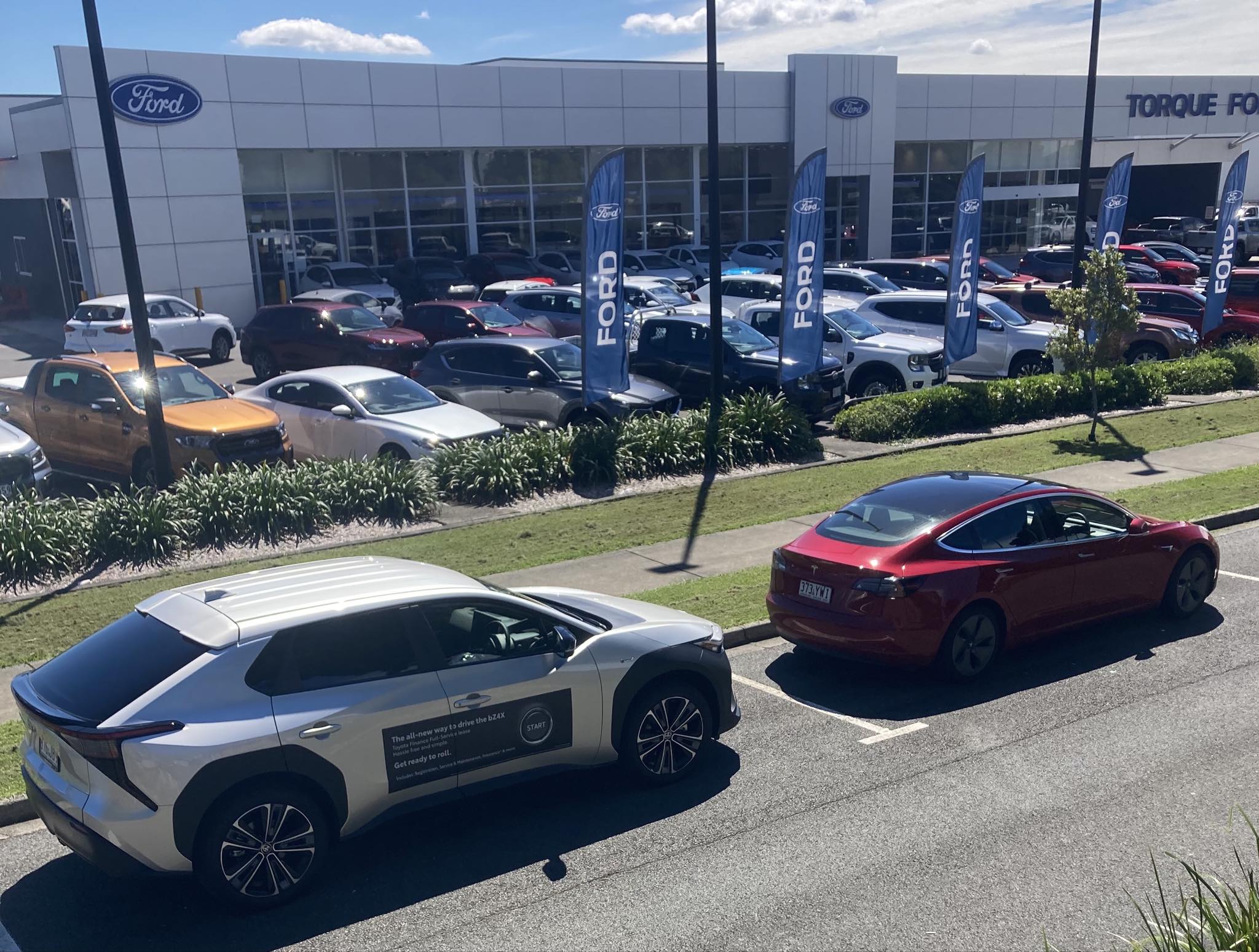
I thought Tesla would save the environment through electric vehicles. Now I am pinning my hopes on BYD and a host of other Chinese carmakers. These cars are entering the Australian market at a rapid rate — it is hard to keep up with them. I have checked out an Xpeng, article pending, and am trying to book a test drive of a Zeekr and a Deepal. Tesla is no longer the industry leader it was in 2019. Can the rEVolution succeed without Tesla’s leadership? Yes, I believe it can.
Another unexpected development is the growth of EV penetration in South America and Africa. This is being led by Chinese brands. India is producing domestic EVs. That is a potentially large and yet unpredictable market. The Australian market is struggling (reduced to 8% penetration in January), but the outlook is positive as people check out what’s on offer. Prices have reduced significantly. The outlook in the USA is looking murkier every day. I agree with Jim Farley (CEO of Ford) that the better technology will win the day. But it may not be soon, as the auto market is being disrupted by Trump tariffs aided by Musk’s machinations.
Here’s a frightening question: Can the rEVolution succeed without the USA? Yes, I believe so. As the western world moves further to the right, we might also ask, can the rEVolution succeed without the USA and Europe? Maybe not. Musk’s deviation into right-wing politics has not gone down well in Germany, home to one of his factories. Strangely, it doesn’t seem to bother the communist Chinese.
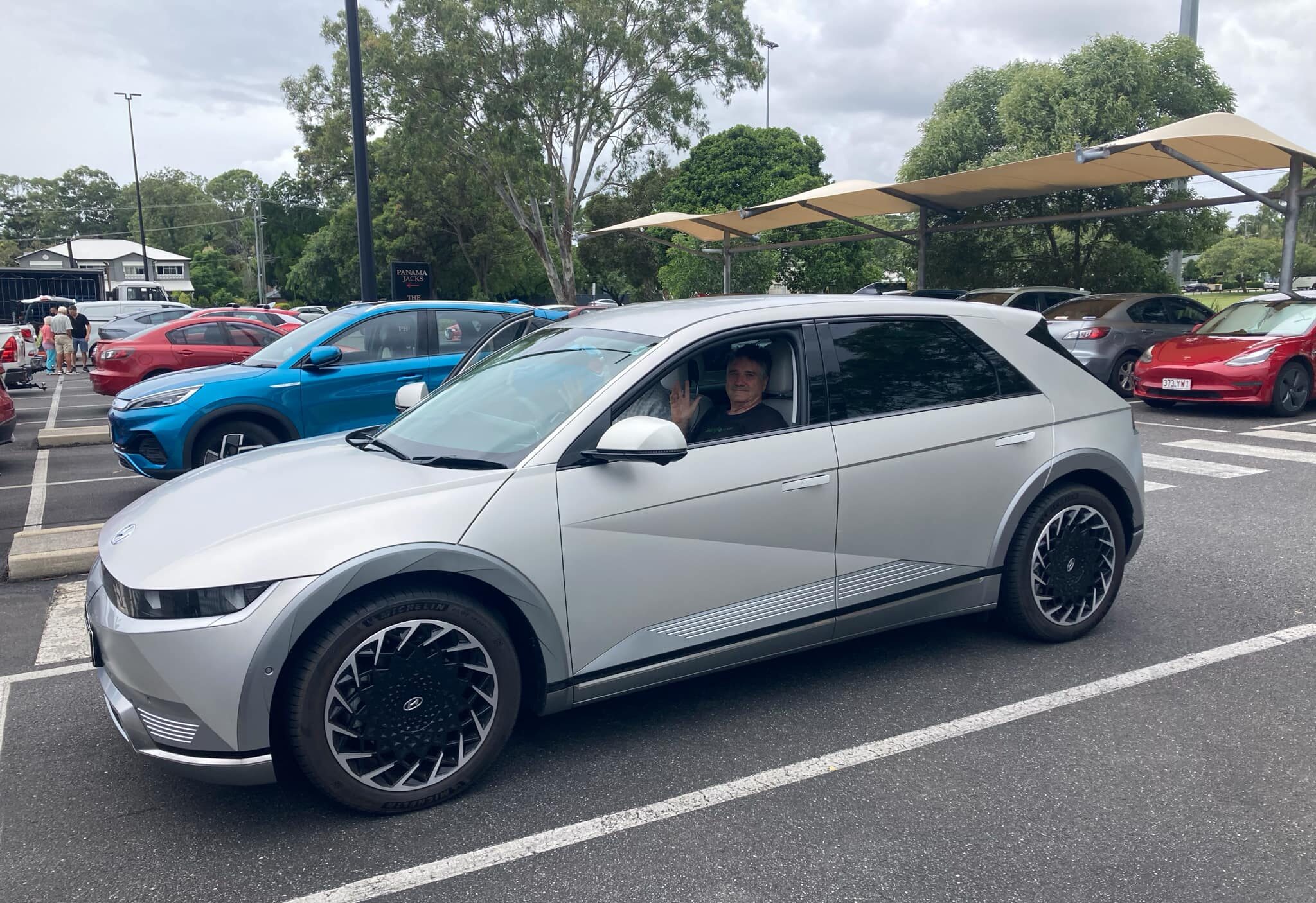
Europe is in play, with far-right parties on the rise and making threats to the EU’s green focus. Will the UK hold to its emissions targets? I hope so. Will the EU stick with the Green New Deal? One thing is for sure, Scandinavia won’t go back to its fossil fuel past. Bans and restrictions on fossil fuelled cars that seemed so far away are now here, or getting close.
Last time I wrote on this topic, the future looked bright. Now, it is murky and complicated, yet still achievable. It is worth reflecting on the hard data of the past few years. We host a Coffee, Cake and EVs meeting once a month at the local tavern. A great reality check is to look out in the carpark and check out the electric cars and remember what it was like 5 years ago. It was just Teslas, i-MiEVs, LEAFs, a Kona, a BMW i3, and an Ioniq. Last week it was Tesla, BYD, Xpeng, and Omoda.
Looking forward to watching the data roll in.
Chip in a few dollars a month to help support independent cleantech coverage that helps to accelerate the cleantech revolution!
Have a tip for CleanTechnica? Want to advertise? Want to suggest a guest for our CleanTech Talk podcast? Contact us here.
Sign up for our daily newsletter for 15 new cleantech stories a day. Or sign up for our weekly one if daily is too frequent.
CleanTechnica uses affiliate links. See our policy here.
CleanTechnica’s Comment Policy



